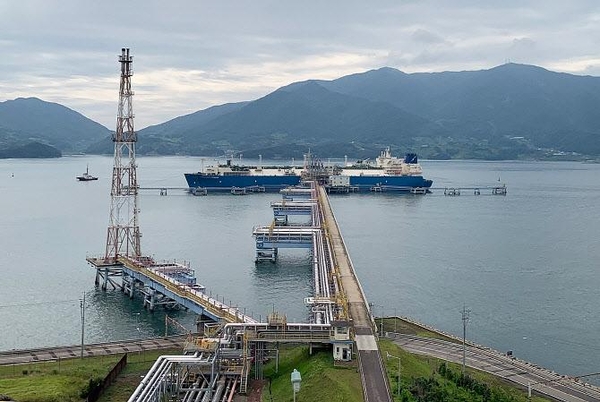Input 2021.01.11 19:04
According to Global Platz, a global energy market research firm, Standard & Poor’s (S&P), spot LNG prices in Asia soared to an all-time high at $20.7 per million BTU (British calorie unit) as of the 8th. The price of the LNG spot, which was around $4 in September last year, has jumped five times in four months.

Most of the LNG comes through long-term contracts for 20 years. In the case of Korea Gas Corporation, 70-80% of the LNG volume is secured through long-term contracts, and the remaining 20-30% is purchased through spot trading to meet the demand for heating and cooling in summer or winter. An official from the Gas Corporation told the Financial Times (FT) on the 8th, “As the demand for LNG increases due to the government’s de-coal policy, we have no choice but to stock up even at high spot prices.”
LNG demand is expected to steadily increase in the future as three Asian countries, such as Korea, Japan, and China, have declared a policy of carbon neutrality (reducing real carbon dioxide emissions to zero) with de-coal as the focus. FT said, “Northeast Asian countries will increase the share of LNG fuels to reduce their dependence on coal.”
Currently, the government is pushing ahead with a coal and nuclear power plant policy to lower the proportion of coal and nuclear power plants and increase the supply of new and renewable energy. The problem is that solar and wind power generation has not yet been sufficiently stable or efficient to use alone. The amount of power generation is jagged depending on the weather or season, so a supplementary power source is needed.
In the end, LNG has no choice but to fill the gap between coal and nuclear power plants. LNG emits less GHG emissions than coal, but has the disadvantage of importing all of LNG from abroad and having high price volatility. Experts are concerned that, in a situation where demand is increasing due to an unusual cold wave, prices are likely to surge if supply shortages, which could lead to higher electricity prices.
However, the gas industry is predicting that the LNG spot price, which soared to more than $20, will stabilize in the first half of this year. “If the corona crisis subsides and the LNG construction project resumes, the LNG supply shortage will be resolved,” said an official from the KOGAS. “There is a prospect that LNG supply will exceed demand by 2024.
